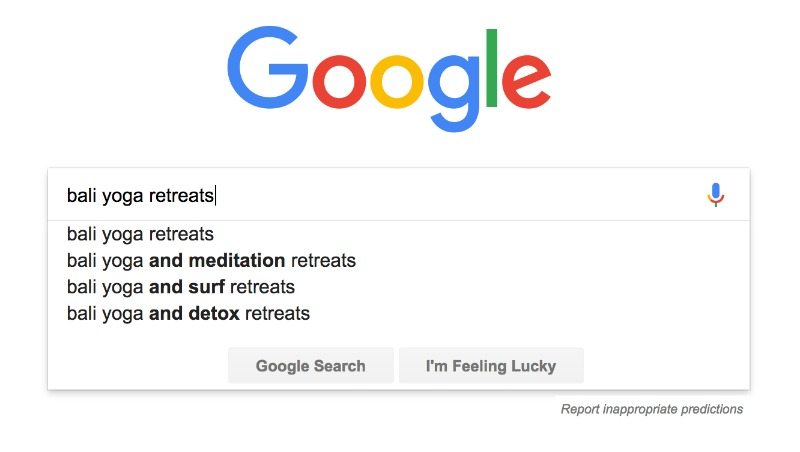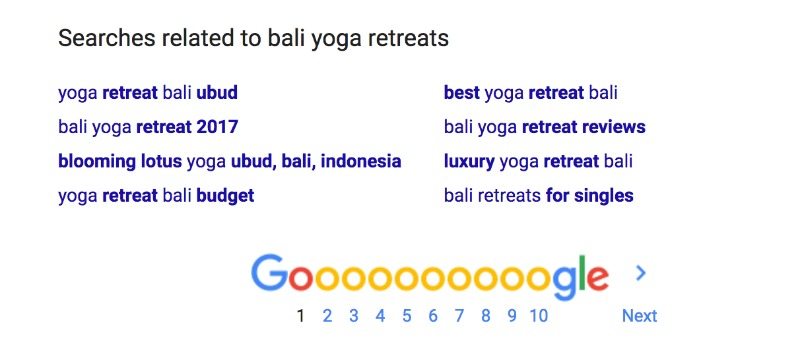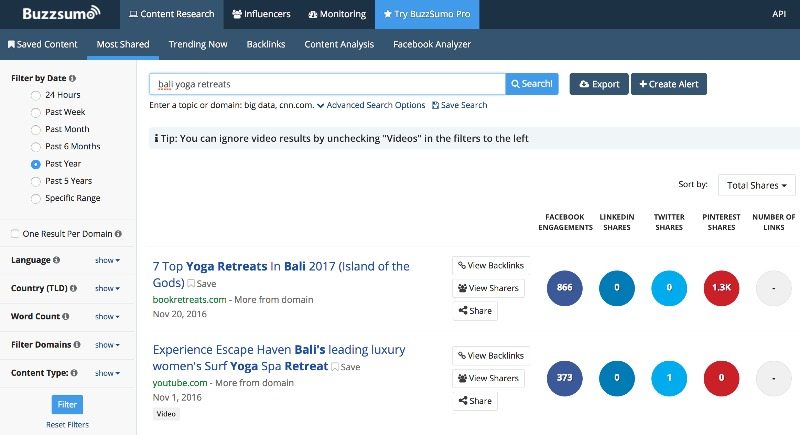Topic Research
Episode #6 of the course Content marketing fundamentals by Courtney Goes
Picture this: Anna spends weeks producing a 30-page e-book about a topic she thinks her audience will love, and finally hits publish. And then? Crickets. Nada. Zilch.
Sadly, this happens all the time. Chances are, Anna didn’t do any research into topics her audience is already searching for. It all goes back to pain points and motivations. What challenges or frustrations does your audience have that they’re searching for an answer to?
If you want to get organic traffic from your content marketing and hit your goals, you need to cover topics that your audience is searching for.
Today’s lesson is all about that, because if you can answer that, your content will be found.
Here’s how you do it.
Step 1: Gather
Based on your knowledge of your market and audience persona, we’re now going to use data to find phrases that you think your target audience would search for. Since we’ve already been really specific about who your audience is and what their needs are, these should be relatively narrow.
Potential sources of data include:
• searching keywords and keyword phrases your audience uses
• reviewing what topics your competitors publish
• analyzing trending topics
Let’s use an example for finding top keywords via Google search. Anna runs a holistic yoga retreat in Bali, and her goal is to book ten participants in the next three months for her retreat in spring. The word, “Bali,” isn’t specific enough, because she’s not going to attract an audience only looking for retreats. The phrase, “Bali retreats,” is better but still quite broad. Let’s use “Bali yoga retreats.”
Go to Google and type in “Bali yoga retreats,” but don’t hit enter. Google will instantly show you other top terms that people are searching for related to this.

To take this one step further, hit enter and navigate to the bottom of the results page, where Google will give you even more suggestions:

Just from this simple search that you can do any time and even on your phone right now, you can already see what Anna’s audience is looking for.
Another simple way to identify topics relevant to your audience is to see what your competitors are publishing and whether it’s getting engagement. Look for action-based factors, like social shares, comments, and likes, to give you an indication of whether your same or similar audience is engaging with the content and if so, what’s working best.
To get an idea of what topics have trended in the past, you can use a tool like Buzzsumo. Simply enter your phrase, and it’ll show you what content has had the most engagement. You can event filter it by timeframe, type of content, or where it was shared. Here’s what Anna would see:

Step 2: Organize
Putting all this data into a spreadsheet as you go will help you notice when common themes and topics surface. Make a list of these themes and topics, including their popularity.
Step 3: Prioritize
Based on the data from your new list, identify each topic’s reach to see the number of people who care about or find a topic useful. Sense check these topics, and cut any that aren’t aligned with your content marketing goals. After prioritizing your list, cut it down further by only keeping topics with the highest potential.
Yes, this process takes work, but you’ll be glad you did it, because you’ll end up with a strong list of topics that will support your marketing and business goals, keep you on track, and save resources.
Now that you’ve layered your audience research with keyword data and got a prioritized list of topics, tomorrow, we’re going to start planning out your content.
See you then,
Courtney
Recommended book
Share with friends

